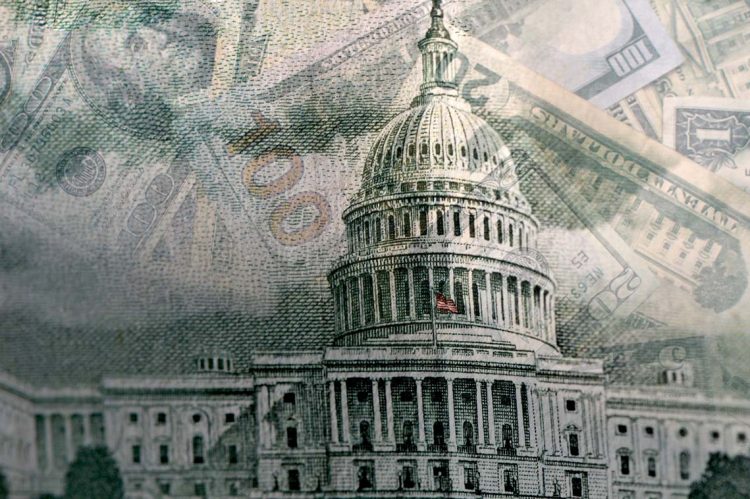The Federal Open Market Committee (FOMC) met this weekend to approve plans to scale back its asset purchases amid improving economic activity and employment outlooks.
As a result, Fed officials announced on Nov. 3 that it would begin “tapering” its pandemic-induced $120-billion-a-month asset-purchase program by $15 billion each in November and December.
What does this mean? The FOMC is a committee under the Federal Reserve System, or “The Fed,” which oversees all monetary policy in the United States. Under the Fed’s asset-purchase program, also known as “quantitative easing,” the Fed enters the market to buy securities, typically mortgage-backed securities (MBS) and Treasuries, injecting both capital and liquidity into the market. It typically does this during a recession to keep the economy awash with credit and buying costs down, and did so in March of 2020 as an emergency monetary support accommodation to shield the economy from the COVID-19 pandemic. When the economy begins its return to a healthier state, the Fed begins to taper those programs.
Beginning later this month, The Fed will reduce its monthly pace of net asset purchases by $10 billion for Treasury securities and $5 billion for agency mortgage-backed securities. At that pace, officials indicated that they could phase out the purchases entirely by next June.
The decision comes after months of officials telegraphing the move amid ongoing higher inflation pressures.
“It is time to taper, we think, because the economy has achieved substantial further progress toward our goals measured from last December,” Fed Chair Jerome H. Powell said in a post-meeting press conference.
The jury is still out on if—or when—the interest rates will start ticking up, however, as Powell indicated that the officials don’t think it’s time to pull the trigger on that yet.
“There is still ground to cover to reach maximum employment both in terms of employment and participation,” he said.
Despite recent improvements in sectors most adversely affected by the pandemic, the Fed indicated that the summer’s rise in COVID-19 cases slowed recovery leaving inflation elevated.
While Powell admitted that supply chain constraints exceeded the Fed’s expectations, he maintained his previous notions that drivers of higher inflation are transitory.
“The supply and demand imbalances related to the pandemic and the reopening of the economy have contributed to sizable price increases in some sectors,” Powell said, adding that bottlenecks and supply chain disruptions are limiting production response to rebounding demand in the near term.
As a result, overall inflation is running well above our 2% long-run goal, he added.
“We are committed to our longer-run goal of 2% inflation and to having longer-term inflation expectations well anchored at this goal,” Powell said. “If we were to see signs that the path of inflation or longer-term inflation expectations was moving materially and persistently beyond levels consistent with our goal, we would use our tools to preserve price stability.”
The Committee’s target range for the federal funds rate was unchanged from its near-0% projection from March 2020.
The Committee stood firm on its assessments of maximum employment, and inflation has risen to 2% and is on track to moderately exceed 2% for some time.
The Fed announcement doesn’t come as a surprise to experts at the Mortgage Bankers Association (MBA), who suggest that move won’t impact the MBA’s latest forecast for mortgage rates and mortgage originations.
“We expect that rates on 30-year mortgages will increase from 3.2% today to about 4% by the end of 2022,” said MBA SVP and Chief Economist Mike Fratantoni.
“The statement continues to signal that they will wait to increase short-term rates until the economy has reached full employment,” Fratantoni added. “Although job growth has been slower the past two months, there may well be a pickup through the remainder of the year. Employers continue to struggle to fill millions of open positions.”
Fratantoni said home-price growth and rental growth will likely be reflected in the faster growth of the shelter components in several inflation measures.
“This trend is one reason why we believe that higher inflation is likely to persist,” Fratantoni said. “Shelter prices continue to face upward pressures because of the lack of for-sale inventory and decreasing vacancy rates for apartments.
 Jordan Grice is RISMedia’s associate online editor. Email him your real estate news to jgrice@rismedia.com.
Jordan Grice is RISMedia’s associate online editor. Email him your real estate news to jgrice@rismedia.com.












